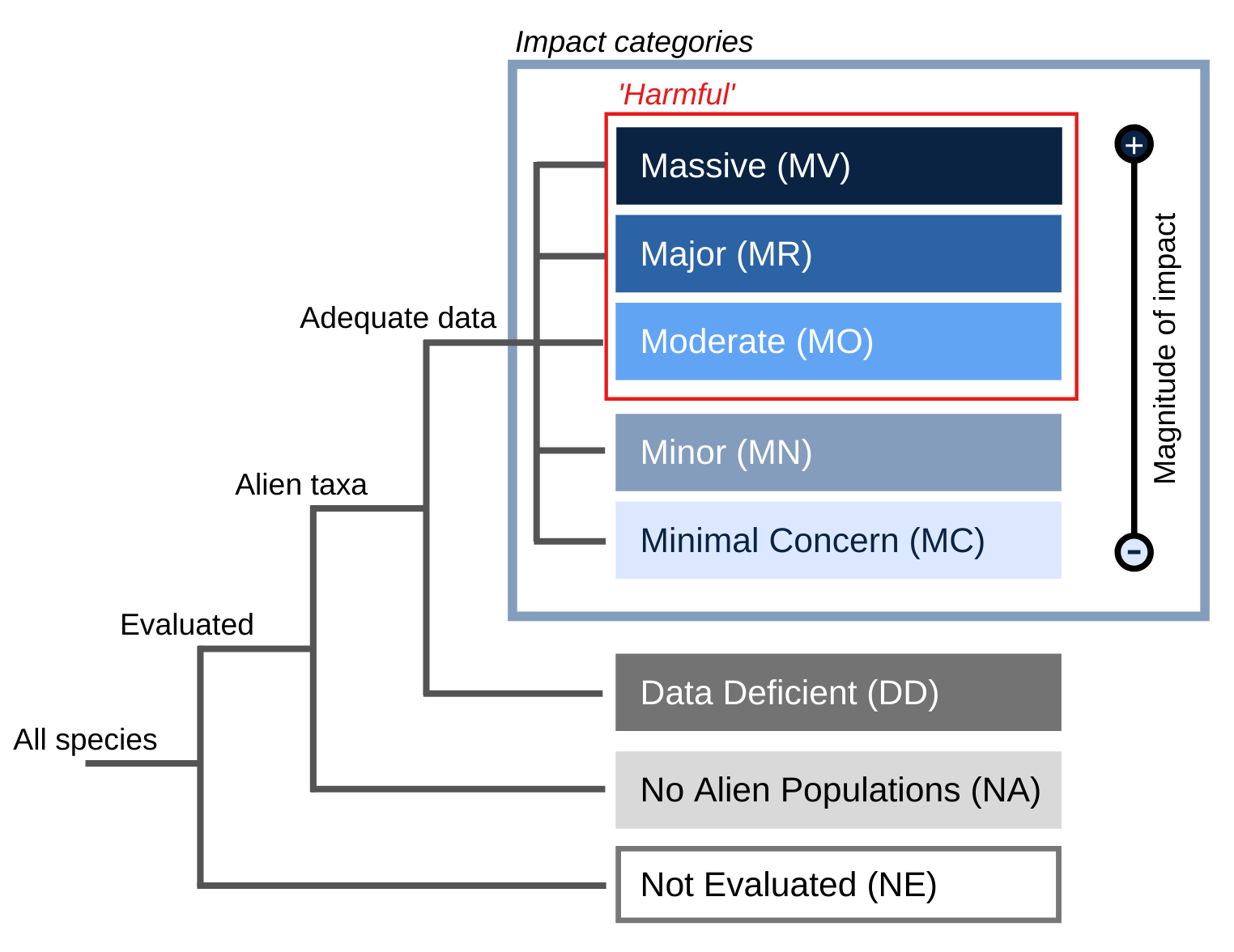- General
- Distribution
- Impact
- Management
- Bibliography
- Contact


Prenolepis longicornis , Roger (1863)
Prenolepis (Nylanderia) longicornis , Emery (1910)
Formica vagans , Jerdon (1851)
Formica gracilescens , Nylander (1856)
Tapinoma gracilescens , F. Smith (1858)
Paratrechina currens , Motschoulsky (1863)
Paratrechina longicornis , (Latreille) (1925)
Please click on AntWeb: Paratrechina longicornis for more images and assistance with identification. The AntWeb image comparison tool lets you compare images of ants at the subfamily, genus, species or specimen level. You may also specify which types of images you would like to comare: head, profile, dorsal, or label.
Please see PaDIL (Pests and Diseases Image Library) Species Content Page Ants: Crazy ant for high quality diagnostic and overview images.
Please follow this link for a fully illustrated Lucid key to common invasive ants [Hymenoptera: Formicidae] of the Pacific Island region [requires the most recent version of Java installed]. The factsheet on Paratrechina longicornis contains an overview, diagnostic features, comparision charts, images, nomenclature and links. (Sarnat, 2008)
Principal source: Harris, R.; Abbott, K.; Barton, K.; Berry, J.; Don, W.; Gunawardana, D.; Lester, P.; Rees, J.; Stanley, M.; Sutherland, A.; Toft, R. 2005: Invasive ant pest risk assessment project for Biosecurity New Zealand.
Nickerson and Barbara, 2000 Paratrechina longicornis
Compiler: National Biological Information Infrastructure (NBII) & IUCN/SSC Invasive Species Specialist Group (ISSG)
Updates with support from the Overseas Territories Environmental Programme (OTEP) project XOT603, a joint project with the Cayman Islands Government - Department of Environment
Review: Simon O'Connor Coordinator, Pacific Ant Prevention Programme Secretariat of the Pacific Community New Zealand
Publication date: 2010-10-04
Recommended citation: Global Invasive Species Database (2025) Species profile: Paratrechina longicornis. Downloaded from http://www.iucngisd.org/gisd/species.php?sc=958 on 13-10-2025.
The Pacific Ant Prevention Programme is a proposal prepared for the Pacific Plant Protection Organisation and Regional Technical Meeting for Plant Protection. This plan aims to prevent the red imported fire ant and other invasive ant species with economic, environmental or social impacts from establishing within or spreading between countries in the Pacific.
A detailed pest risk assessment for the eight species ranked as having the highest potential risk to New Zealand (Anoplolepis gracilipes, Lasius neglectus, Monomorium destructor, Paratrechina longicornis, Solenopsis geminata, Solenopsis richteri, Tapinoma melanocephalum, Wasmannia auropunctata) was prepared as part of 'The invasive ant risk assessment project', Harris et al. 2005., for Biosecurity New Zealand by Landcare Research. The invasive ant risk assessment for Paratrechina longicornis can be viewed at Paratrechina longicornis risk assessment
Please see Paratrechina longicornis information sheet for more information on biology, distribution, pest status and control technologies. \r\n
Cultural: Non-chemical control is based on exclusion through good housekeeping practices and cleanliness, eliminating food sources. Crazy ants often nest outdoors so prevention of their entrance by caulking exterior penetrations and weather-stripping may aid in their control (Nickerson and Barbara, 2000).
Chemical: Inside buildings, chemical controls are based on baits, dusts and spot treatments with residual sprays. Outdoor treatments include chemical formulations such as baits, granules, dusts, and sprays (Nickerson and Barbara, 2000).
Please follow this link for more detailed information on the management of Paratrechina longicornis compiled by the ISSG.











